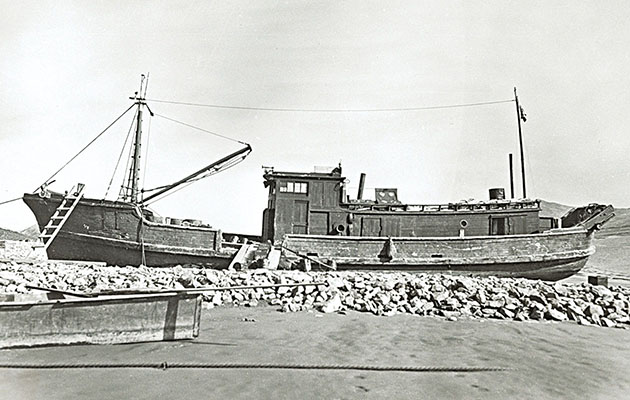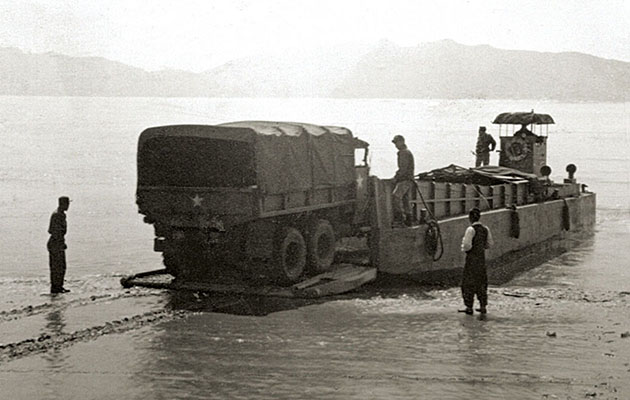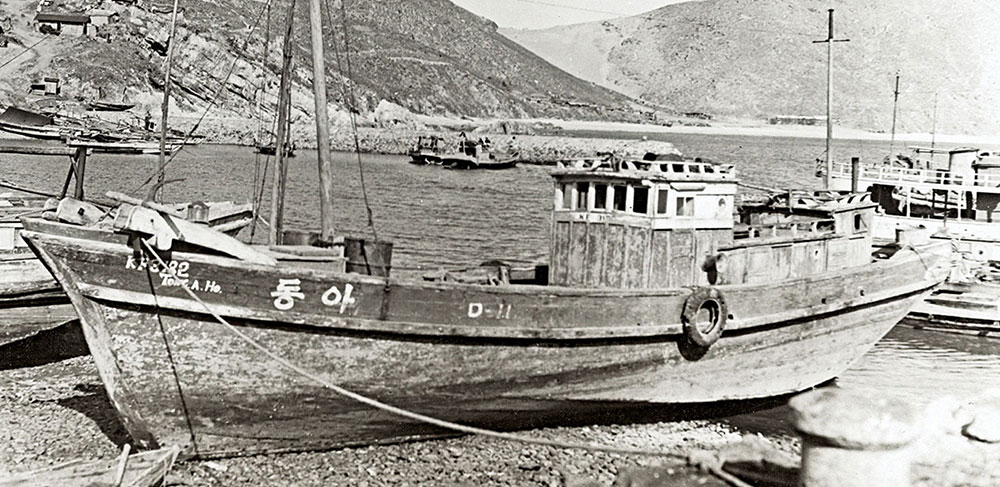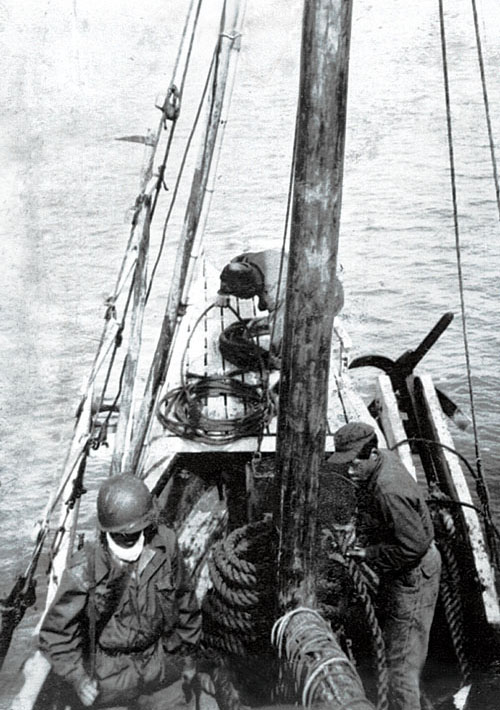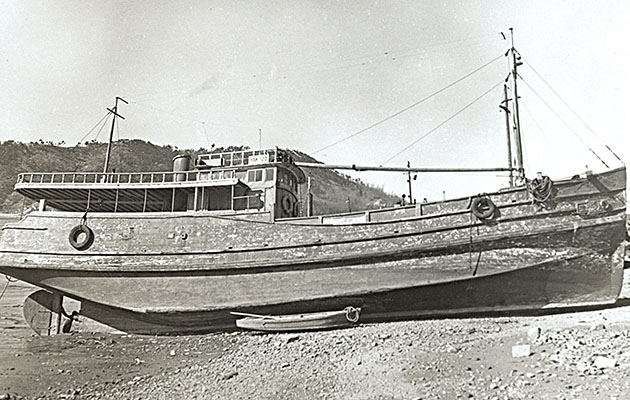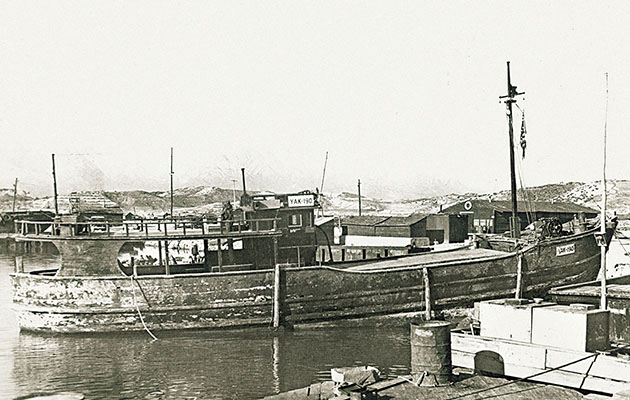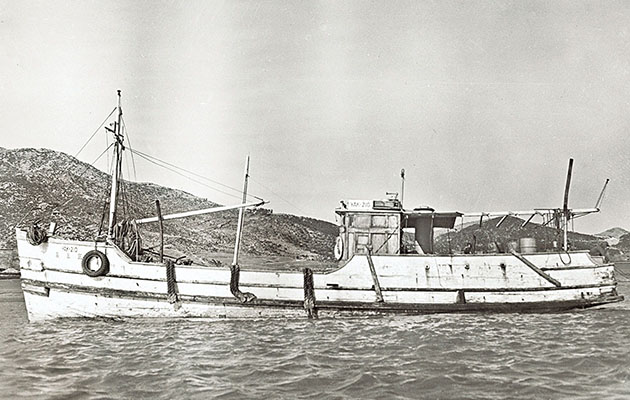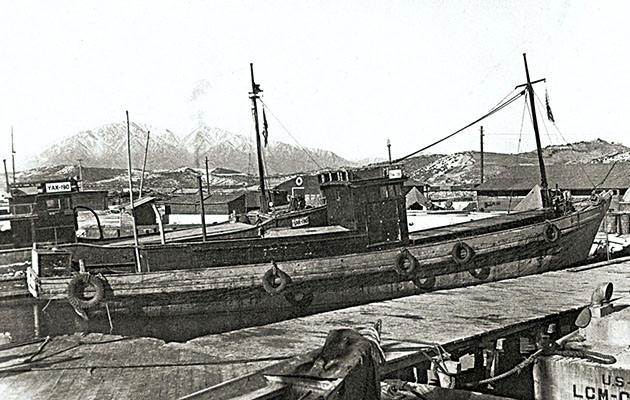NOTE
The accompanying photos, procured from the Army Heritage and Education Center in Carlisle, Pennsylvania, and from private veterans’ collections, illustrate just a few of the many types of vessels acquired and managed by CCRAK.
DOWNLOAD
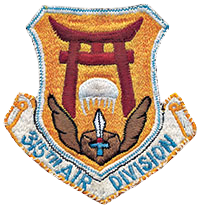
One of the roles of the Combined Command for Reconnaissance Activities, Korea (CCRAK) was to provide logistics support and transportation for the Guerrilla Command. By November 1952, CCRAK managed to secure an authorization from the U.S. Air Force’s 315th Air Division for the aerial delivery of 173,625 pounds of supplies/passengers per month.1 However, this amount was not enough and CCRAK needed maritime lift assets to make up the shortfall.
CCRAK owned some Army vessels, primarily Freight and Supply vessels (designated FS) and launches (designated as Q-boats). However, in early 1953, CCRAK had only two 500-ton FS craft and nine Q-boats.2 Such a limited carrying capability would not even begin to address CCRAK’s logistics and transportation needs.
The solution was to ‘form’ a motley fleet using locally-available junk-type sea craft. This had a precedent because since late 1950, the guerrillas had owned a small fleet of captured fishing craft (junks) that they used for sea transportation. Lieutenant Colonel Glenn E. Muggelberg, the CCRAK G-3, recalled that “A good share of those vessels were achieved by capture … [from] as far north as the mouth of the Yalu [River].”3 Yet, the word ‘capture’ implies that the junks were taken from the North Korean military. When, in fact, a CCRAK report put the acquisition in more dubious terms, stating that the junks were acquired though “barter or privateering.”4 CCRAK used most of its junks to supply the partisan-held islands with regular issues of food (rice and dried fish), tobacco, and weapons.5
CCRAK also purchased other vessels in Japan using a $2,300,000 allowance.6 These particular vessels came in two types: Yakajimas, (‘Yaks’) were commercially-available Japanese fishing vessels, and Lewis and Brants (LBs) were specially designed and built in Japan for use in special operations. To manage its ‘fleet,’ CCRAK had to provide its own ship maintenance.
Although a U.S. Navy Captain was assigned as a liaison officer on the CCRAK staff in Seoul, the organization’s naval headquarters was located in Inch’on. There, another American naval officer was charged with maintaining, modifying, and overhauling the craft as needed. These modifications included anything from adding a “high speed American diesel engine” to installing camouflaged antennas in the masts.7 Even though they looked like ordinary fishing vessels on the outside, the LBs had hidden Grey marine engines. Muggelberg remembered that “You normally saw the little [junk-like] vessels go putt! putt! putt! They would go out like that until they got out of the harbor and [when they] kicked in the two Gray marines … they really took off.”8 Others had concealed weapons such as recoilless rifles and machine guns. “They had it rigged up so the sides of the cabin would flip off and they could begin firing,” said Muggelberg.9 CCRAK eventually had its own navy of 287 vessels.10 They were used by CCRAK and its subordinate units.



